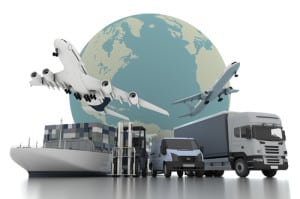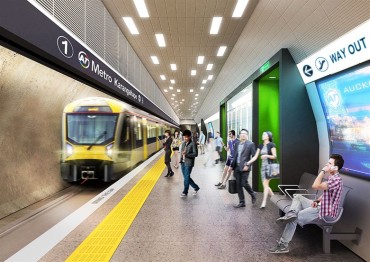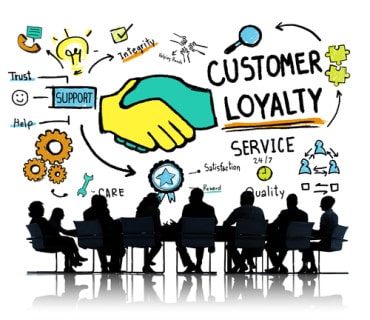
In 2018, Cisco says it will be the ability to analyze the data from transit systems, road sensors, and mobile network that will drive transportation change.
The future of transportation relies on cities connecting infrastructures to the Internet of Things (IoT), allowing them to share real-time data with autonomous vehicles, mass transit systems, smartphone applications, and other sensors and devices – from streetlights to parking garages.
However, it will be the ability to analyze the data these infrastructures share and collect that will drive transformative change, making cities and their citizens smarter, safer, more efficient and more sustainable. For example, we recently saw the city of Linz in Austria transform its transportation system by connecting all of its light rail trams, buses, ticketing machines and stations to IoT.
See also: Using IoT analytics in smart transportation systems
By using real-time data analytics, Linz was able to increase transportation efficiency, improve the rider experience and reduce energy consumption. And, there is more progress to come in cities worldwide in 2018. With that in mind, here are my top predictions of how IoT will revolutionize transportation in the new year and beyond.
#1: Data will be the new oil. Typically, the extent of cities, states and transportation agencies’ involvement with the data collected from connected infrastructures and vehicles has been storing and securing it. In 2018, we’ll see entities taking a closer look at the value of this data and finding innovative ways to leverage analytics to create revenue streams, improve quality of life for citizens, and offset costs of new technologies. For example, if a department of transportation is deploying roadway sensors that detect fog, it can potentially sell the collected data to weather institutions or to navigation systems to provide safer, more efficient travel.
#2: Mobility-as-a-Service (MaaS) will enhance the passenger experience. Mobility as a Service (MaaS), also known as Transportation-as-a-Service (TaaS), refers to the move toward mobility solutions that are consumed as a service (such as ride-sharing services like Uber or Lyft), as opposed to personally owned modes of transportation. In 2018, will see broader use of MaaS across different modes of transportation, providing passengers with a seamless travel experience – from bikeshares, to rideshares, to mass transit systems and everywhere in between.
#3: Transportation agencies will uncover new revenue streams to recoup losses from fewer gas vehicles on the road. As automated, connected and ridesharing vehicles increase in prevalence, more people are moving toward MaaS and the importance of owning a personal vehicle is diminishing. This trend, coupled with the fact that more electric vehicles are hitting the roadways, means that state and local governments are gathering less revenue from gas taxes, tolls and other forms of vehicle-related recurring revenue that help them maintain roadways and infrastructure. In 2018, governments and their transportation agencies will look to recoup these losses and find new revenue streams by offering new conveniences and monetizing the data collected through connected infrastructures.
#4: Artificial Intelligence (AI) and Machine Learning (ML) will solidify their roles in the connected transportation space. Just as in many other industries, AI and ML will become much more widespread in the transportation sector in 2018, enabling more automated, predictive analytics and therefore, better decision-making. AI and ML will make it possible to predict when to deploy emergency response vehicles, tow trucks, snow plows, etc., making roads and highways safer and more efficient. For example, by aggregating and analyzing current and historic weather, microclimate and traffic data, transportation agencies can preemptively deploy salt trucks to roadways that often ice over, just before they begin to freeze. Or, they can predict when fog is likely to appear on hyper-local sections of roadways and warn drivers. These types of predictive decisions, powered by AI and ML, enable transportation to move with fewer disruptions, keep costs down and ensure safer travel.
#5: Transportation agencies and governments will expand their partner ecosystems to drive greater adoption of connected technology and create new internal roles. As more implementers of connected transportation technologies are discovering, it is impossible to pursue a project alone. In 2018, agencies and departments will bring in new partners, such as consultants, academia, systems integrators, third-party vendors and more to create teams capable of deploying technologies that impact roadways and citizens’ lives. In addition, we’ll see more city and state governments create a new role of Chief Innovation Officer to spearhead many of these initiatives.





























